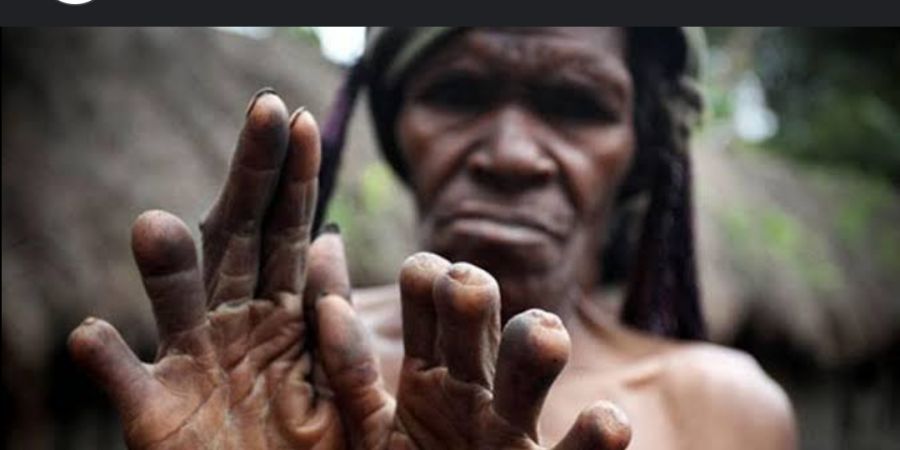

While it is subjective to determine the "worst" rituals in the world, here are five examples of controversial or disturbing rituals that have garnered attention:
1. Thaipusam Piercing (Hinduism): Thaipusam is a festival celebrated by Tamil Hindus, during which devotees perform extreme acts of devotion, including body piercings. Some participants pierce their bodies with hooks, skewers, and other sharp objects, often through their cheeks, tongues, and backs. While this ritual is seen as a form of penance and an expression of faith, it can be difficult for outsiders to witness.
2. Female Genital Mutilation (Various cultures): Female Genital Mutilation (FGM) is a harmful traditional practice prevalent in certain communities, particularly in parts of Africa, the Middle East, and Southeast Asia. It involves the partial or total removal of the external female genitalia for non-medical reasons. FGM is widely condemned as a violation of human rights and has severe physical and psychological consequences for the individuals subjected to it.
3. Self-flagellation during Ashura (Shia Islam): Ashura is an important day of mourning for Shia Muslims commemorating the martyrdom of Imam Hussein, the grandson of Prophet Muhammad. Some Shia devotees engage in self-flagellation, using knives or chains, to express their grief and remorse for the suffering of Imam Hussein. While this practice is not universally observed among Shia Muslims, it is seen as extreme and has raised concerns about self-harm.
4. Kambo Frog Poisoning (Indigenous Ritual): Kambo, also known as frog poison, is used in indigenous rituals in the Amazon rainforest. The ritual involves applying the poison secreted by the giant monkey frog onto small burn marks on the skin. This causes intense physical effects such as vomiting, diarrhea, and fever. While proponents claim it has medicinal benefits and spiritual cleansing properties, the process can be highly uncomfortable and potentially dangerous.
5. Balinese Tooth Filing (Hinduism): A traditional Balinese Hindu ritual called "metatah" involves the filing of teeth. It is performed on children when their permanent teeth start to grow. The ceremony is believed to symbolize the control of negative human traits such as greed, anger, and jealousy. While it is a cultural practice and carries significance for the Balinese people, the process itself can be painful and unsettling for some individuals.
It's important to note that cultural rituals and practices often have complex meanings and historical contexts within their respective communities. What might be considered distressing or controversial from an outside perspective may hold deep significance for those who practice them.


